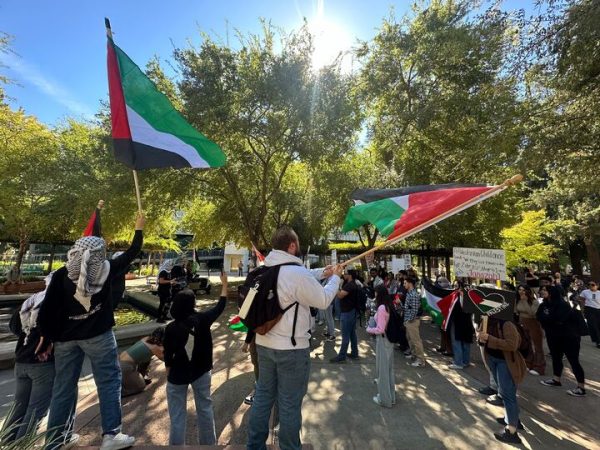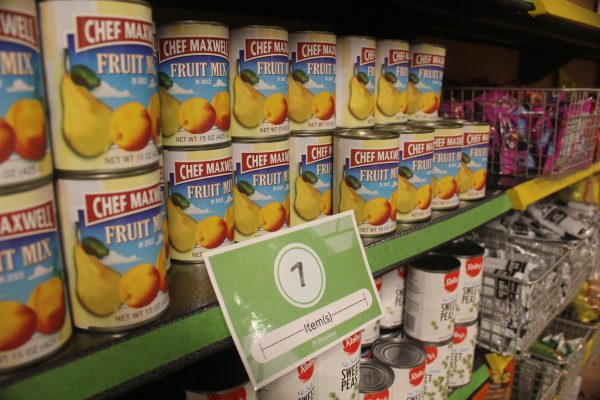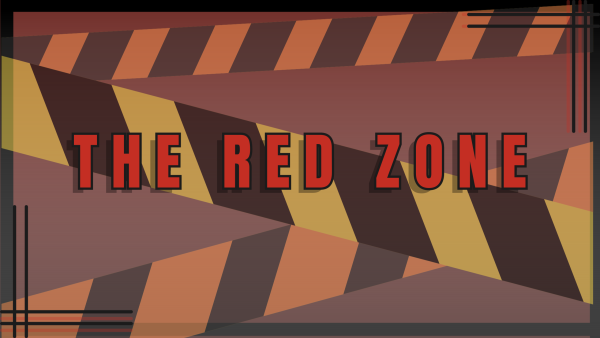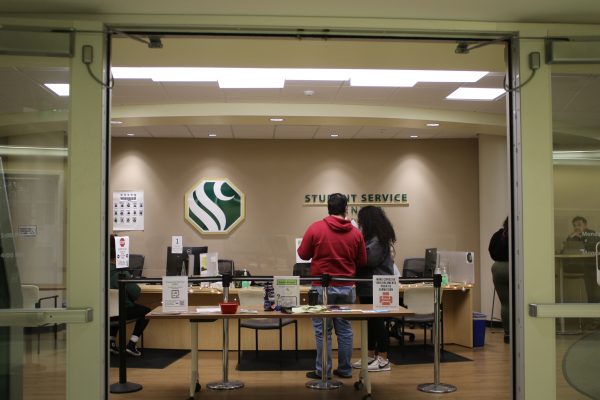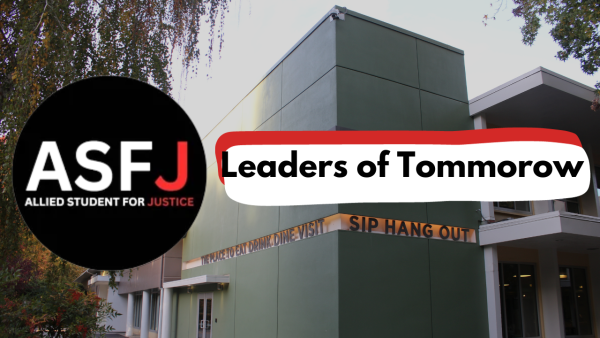The Well gets energy award
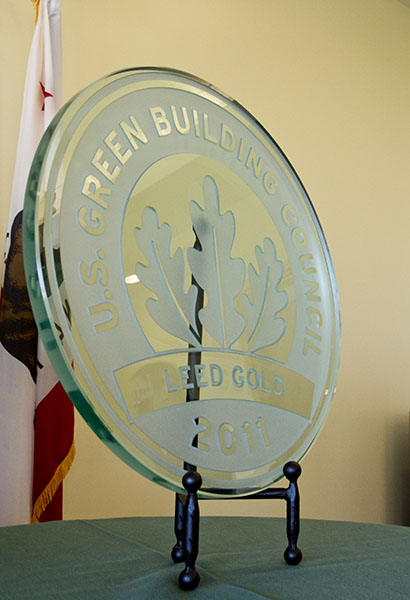
The plaque awarded to the WELL for its LEED certification during the unveiling reception.
November 2, 2011
Sacramento State’s recreational facility, the Well, received a nationally-recognized environmental award, the gold LEED, on Oct. 25, presented by the U.S Green Building Council.
The Leadership in Energy and Environmental Design is based on set of green building standards. The U.S. Green Building Council developed this system in March 2000 to encourage building owners to implement sustainable construction designs.
Assistant Director of Operations Benjamin Newman said in the construction of the Well, the architects and everyone involved with the building project went in knowing that they wanted this building to be a LEED-certified building.
“It was the desire of the students from day one that we went for an environmental design,” said Leslie Davis, executive director of the University Union Operations.
The question was what level of certification the building was going to be in, as there is a base certification, and then silver, gold and platinum levels of certification.
Davis said Sac State was shooting for a least silver from the beginning, but decided to go for gold.
The gold LEED award for the Well was the second building on campus to receive this award. The first building was the American River Courtyard residence hall.
Hornberger and Worstell Inc. and Ellerbe Becket Inc. were the design firms involved with the Well.
Senior Vice President of Design for Hornberger and Worstell Inc. Burton Miller said forward planning helped with the cost of making this a gold LEED-certified building.
“If you begin the process with those goals, you can achieve quite a lot in a fairly low tech passive manner,” Miller said. “If you come at it late in the game, you end up buying the points in which you have to invest in technologies that solve a problem that the design has created.”
The LEED certification system has a 100-point scale that represents positive environmental aspects of the building. It takes 40-plus points to become certified, 50-plus points for silver, 60-plus points for gold and 80-plus points for platinum.
“It sets forth a series of categories that establish goals for sustainable design,” said John Davis, architect for Hornberger and Worstell Inc.
Davis explained the categories, which included a sustainable site, which has to do with a how much earth is disturbed and the enhancement of the area in terms of local neighborhoods and infrastructure.
John Clark, student maintenance assistant, said a lot of the materials were acquired from local areas, which cut down on fuel consumption in the construction of the Well.
The water-efficiency category encourages the use of building plans that reduce the amount of water consumed in a building.
“Water consumption is 40 percent less than it would be in a conventional structure,” Miller said.
The energy and atmosphere category involves the building’s capability to use renewable energy and energy generation from renewable sources.
Newman said some areas on the roof of the Well were built for the use of solar capability. However, no solar panels have been put in place, but there is still a chance they may be installed.
“We do have FSC-certified used wood here in the main entrance,” Clark said. “FSC is forestry stewardship council certified wood, which is basically recycled wood.”
The materials and resources category encourages the use of recycled and environmentally friendly material with the building.
“The paneling that is on the sides of gymnasium are made out of sunflower seed shells,” John Davis said. “Those sunflowers were ground in the Central California Valley.”
The indoor environmental quality category has to deal with air quality, lighting and temperature within a building.
“There are a lot of spaces in the building that operate without lights on during a lot of the day,” John Davis said. “There are skylights that are in the middle of the building and the gymnasium has very low artificial lighting, which uses up a lot less energy.”
The LEED award is only given after an extensive inspection of the building has been completed.
“There are paid expert consultants whose business is to commission the building, which is to test and evaluate all the claimed points against the actual building’s performance,” Miller said. “They do technical evaluations, measurements, analysis. It is quite rigorous. They confirm that these claims are justified and accomplish what they are intended to do.”
The award was represented by a circular glass plaque, which will be mounted in the lobby area of the Well.
“This is a role model,” Leslie Davis said. “We expect every building beyond us to go for higher.”
Leadership in Energy and Environmental Design
LEED provides building owners and operators with a framework or identifying and implementing practical and measurable green building design, construction, operations and maintenance solutions.
Colin McAteer can be reached at [email protected]



































































































































